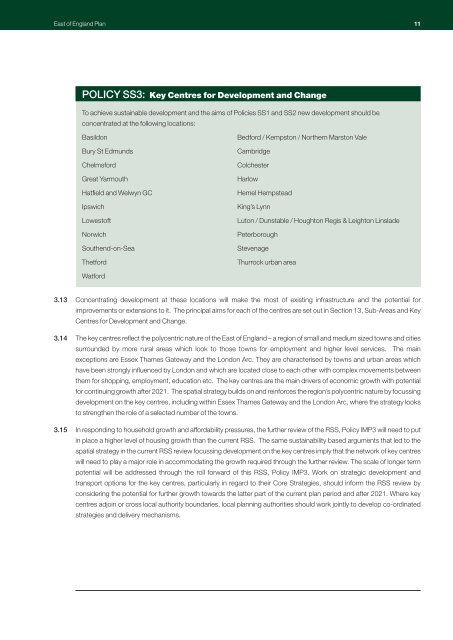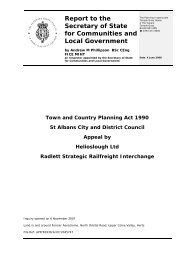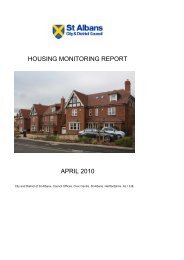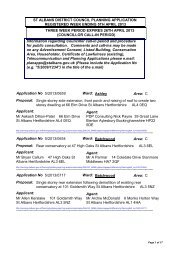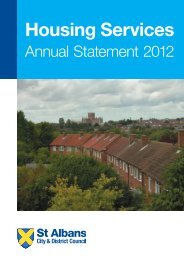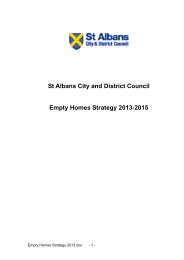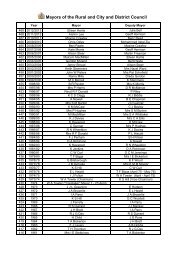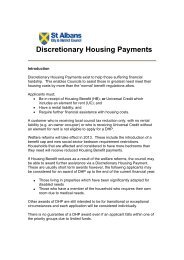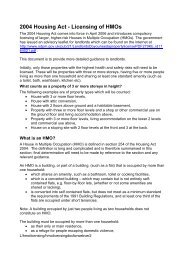RSS East Of England Plan - Broads Authority
RSS East Of England Plan - Broads Authority
RSS East Of England Plan - Broads Authority
You also want an ePaper? Increase the reach of your titles
YUMPU automatically turns print PDFs into web optimized ePapers that Google loves.
<strong>East</strong> of <strong>England</strong> <strong>Plan</strong> 11<br />
POLICY SS3: Key Centres for Development and Change<br />
To achieve sustainable development and the aims of Policies SS1 and SS2 new development should be<br />
concentrated at the following locations:<br />
Basildon<br />
Bury St Edmunds<br />
Chelmsford<br />
Great Yarmouth<br />
Hatfield and Welwyn GC<br />
Ipswich<br />
Lowestoft<br />
Norwich<br />
Southend-on-Sea<br />
Thetford<br />
Bedford / Kempston / Northern Marston Vale<br />
Cambridge<br />
Colchester<br />
Harlow<br />
Hemel Hempstead<br />
King’s Lynn<br />
Luton / Dunstable / Houghton Regis & Leighton Linslade<br />
Peterborough<br />
Stevenage<br />
Thurrock urban area<br />
Watford<br />
3.13 Concentrating development at these locations will make the most of existing infrastructure and the potential for<br />
improvements or extensions to it. The principal aims for each of the centres are set out in Section 13, Sub-Areas and Key<br />
Centres for Development and Change.<br />
3.14 The key centres reflect the polycentric nature of the <strong>East</strong> of <strong>England</strong> – a region of small and medium sized towns and cities<br />
surrounded by more rural areas which look to those towns for employment and higher level services. The main<br />
exceptions are Essex Thames Gateway and the London Arc. They are characterised by towns and urban areas which<br />
have been strongly influenced by London and which are located close to each other with complex movements between<br />
them for shopping, employment, education etc. The key centres are the main drivers of economic growth with potential<br />
for continuing growth after 2021. The spatial strategy builds on and reinforces the region’s polycentric nature by focussing<br />
development on the key centres, including within Essex Thames Gateway and the London Arc, where the strategy looks<br />
to strengthen the role of a selected number of the towns.<br />
3.15 In responding to household growth and affordability pressures, the further review of the <strong>RSS</strong>, Policy IMP3 will need to put<br />
in place a higher level of housing growth than the current <strong>RSS</strong>. The same sustainability based arguments that led to the<br />
spatial strategy in the current <strong>RSS</strong> review focussing development on the key centres imply that the network of key centres<br />
will need to play a major role in accommodating the growth required through the further review. The scale of longer term<br />
potential will be addressed through the roll forward of this <strong>RSS</strong>, Policy IMP3. Work on strategic development and<br />
transport options for the key centres, particularly in regard to their Core Strategies, should inform the <strong>RSS</strong> review by<br />
considering the potential for further growth towards the latter part of the current plan period and after 2021. Where key<br />
centres adjoin or cross local authority boundaries, local planning authorities should work jointly to develop co-ordinated<br />
strategies and delivery mechanisms.


